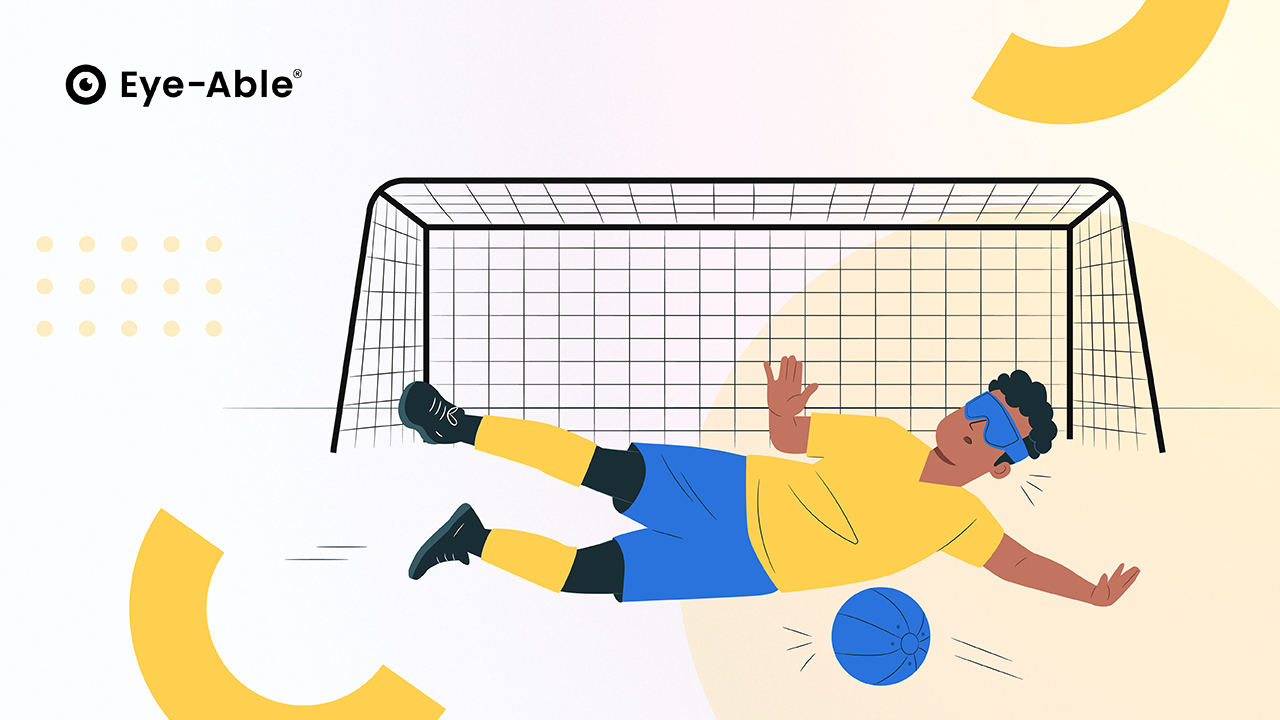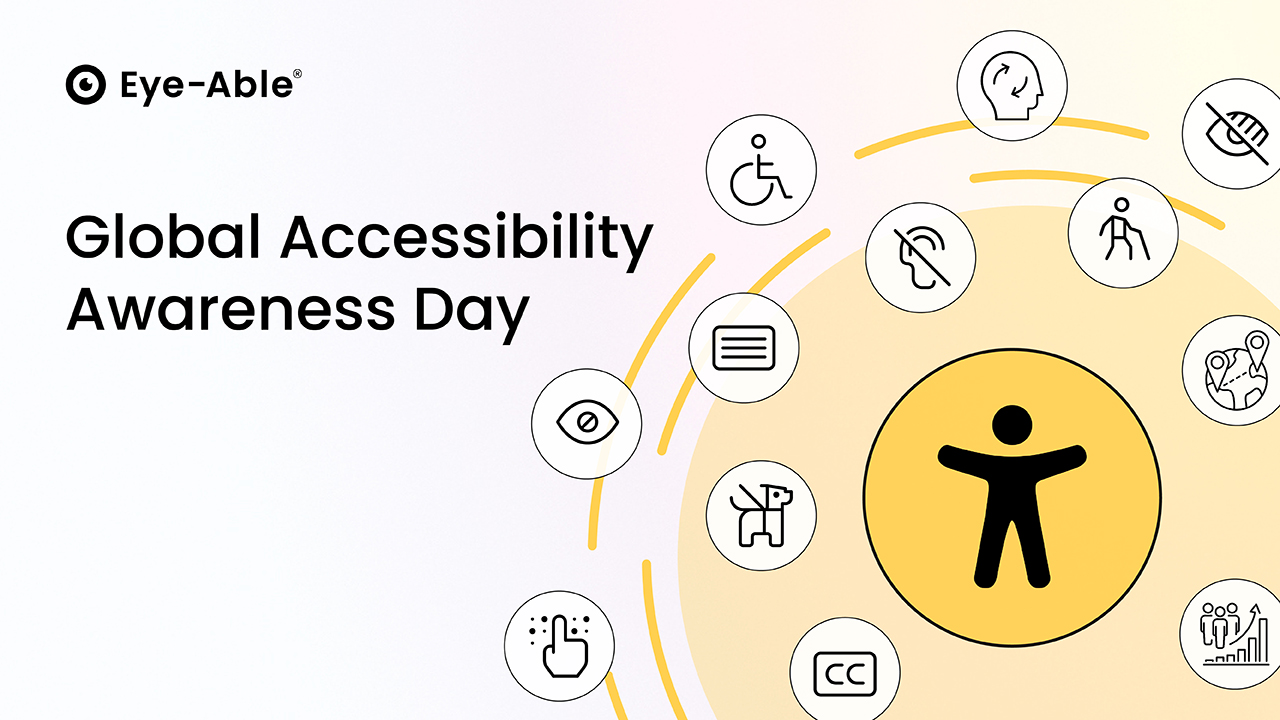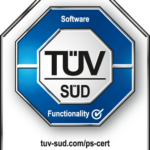There is exciting news in the field of digital accessibility! Recently, on October 5, 2023, the W3C (World Wide Web Consortium) published the latest version, WCAG 2.2. The Web Content Accessibility Guidelines (WCAG) play a crucial role in making Websites accessible to all, including people with disabilities. In this article, we show and explain all the relevant changes.
What's new?
WCAG 2.2 introduces nine new success criteria introduced. The previous criteria of versions 2.0 and 2.1 remain largely unchanged, with one notable exception: Point 4.1.1 Parsingi.e. the analysis of text data in order to understand its structure according to a specific grammar and convert it into a hierarchical representation, was classified as obsolete and removed from WCAG 2.2. This WCAG version also contains also information on different languages and emphasizes the importance of internationalization.
These are the new criteria for success:
- 2.4.11 Focus not obscured (minimum) (AA): This criterion ensures that an element remains at least partially visible when the keyboard focus is on. This is crucial for users who rely on keyboard navigation.
- 2.4.12 Focus not obscured (Advanced) (AAA): An extension of the previous criterion, requiring that an element should be fully visible with keyboard focus.
- 2.4.13 Focus indicator (AAA): This criterion emphasizes the need for a clear focus indicator with sufficient size and contrast.
- 2.5.7 Drag movements (AA): A simple pointer alternative should be provided for actions that require dragging.
- 2.5.8 Target size (minimum) (AA): This criterion ensures that clickable targets have a minimum size or have sufficient space around them.
- 3.2.6 Consistent help (A): If help mechanisms are available on several pages, they should be placed consistently.
- 3.3.7 Redundant input (A): Websites should not ask users to enter the same information multiple times within a session.
- 3.3.8 Accessible authentication (minimum) (AA): This criterion advocates user-friendly authentication processes.
- 3.3.9 Accessible authentication (Advanced) (AAA): An extension of the previous criterion that further simplifies the authentication process.
Personas in WCAG
Personas are fictional representations based on real data to illustrate the challenges faced by people with disabilities. They help to understand the real-world impact of inaccessible web content and are cited in the WCAG 2.2 guidelines as the basis for usability.
We are already looking forward to seeing the WCAG 2.2 criteria in action! This is another big step towards making the internet more accessible for everyone. Together we can create a world where everyone can participate!






